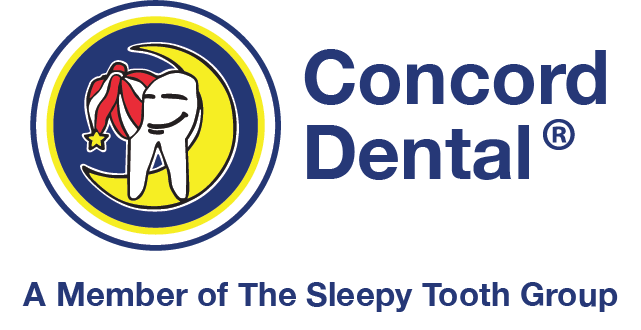This treatment for gum disease removes plaque above and below the gum line. It cleans out pockets of plaque that you can’t reach with brushing and flossing. It helps your gums heal, and may prevent tooth loss.
Scaling
Scaling and root planing may require more than one visit. And you may be given a local anesthetic during your visits to keep you from feeling any discomfort. During the “scaling” part of the treatment, the dentist removes tartar and plaque from your teeth. Sometimes a metal tool is used to scrape the teeth clean. Or your dentist may use an ultrasonic or laser instrument. All the pockets of plaque and infection are cleared from below your gum line.
Root Planing
Then, the roots of your teeth are planed. The dentist scrapes the roots of your teeth to smooth them out. This makes it harder for plaque to stick to your roots. And, smoothing the roots lets your gum tissue reattach tightly to the roots.
After your scaling and root planing, follow your dentist’s instructions carefully. You may need to use a special gel, mouth rinse, toothpaste or other product while your gums heal. Your dentist will give you tips to help your recovery.
